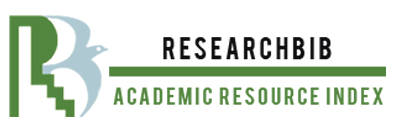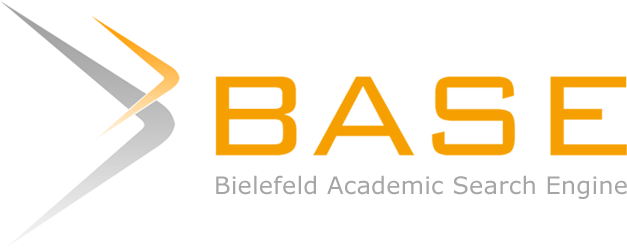Use Morphometry to Predict Secondary Defects in the Maxillo-Facial Region of Kids who Have Surgery Resurgent Cleft Lip Palate
Keywords:
physical development, child, anthropometry, craniofacial region, congenital cleft lip and palateAbstract
Some diseases have no symptoms at all, and many of them can only be identified by abnormalities in body size and growth. The child's physical development is the result of a complex interplay between environmental and hereditary factors. The majority of developmental disorders manifest as particular symptoms. However, there are diseases that are asymptomatic, and many of them can be detected only by violations of growth and body proportions. For this purpose, a unified measurement technique has been developed - anthropometry. One method for determining body composition and dimensions is anthropometry. This method of assessment uses a combination of indicators that can be conditionally divided into basic and complementary categories. The development and growth of the craniofacial region of children with ССLP is a topic of discussion, since half of the children studied were children with CCLP and the likelihood of secondary defects after primary plastic surgery is high. Significant differences were found when morphometric parameters of the craniofacial region of children with CCLP were studied.










